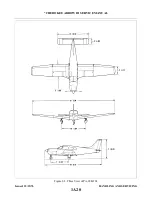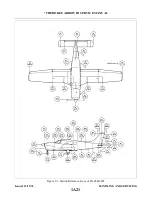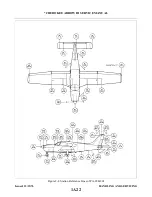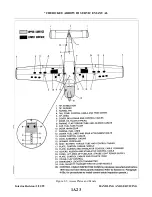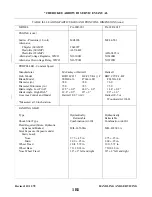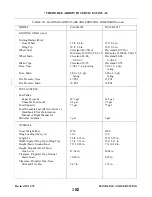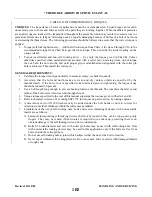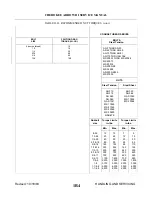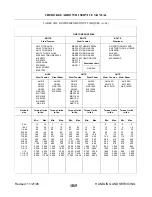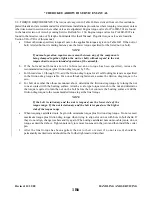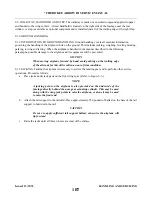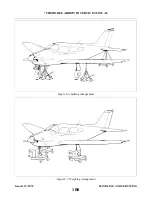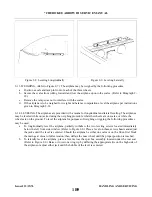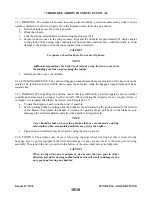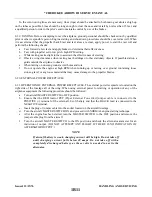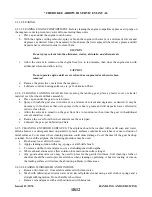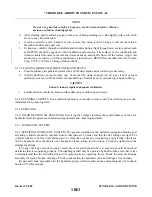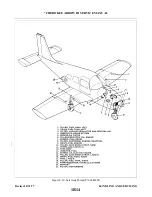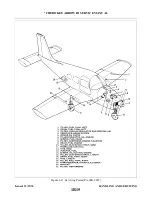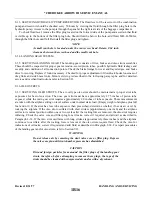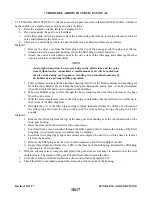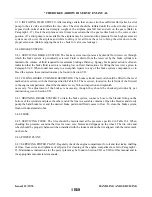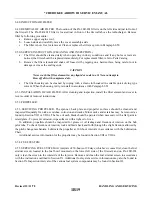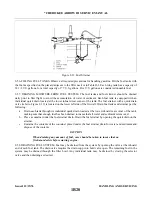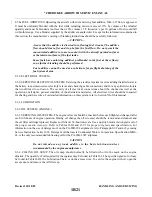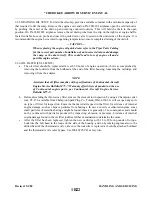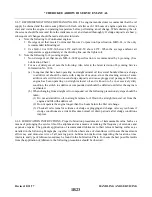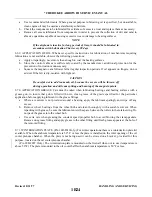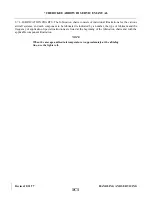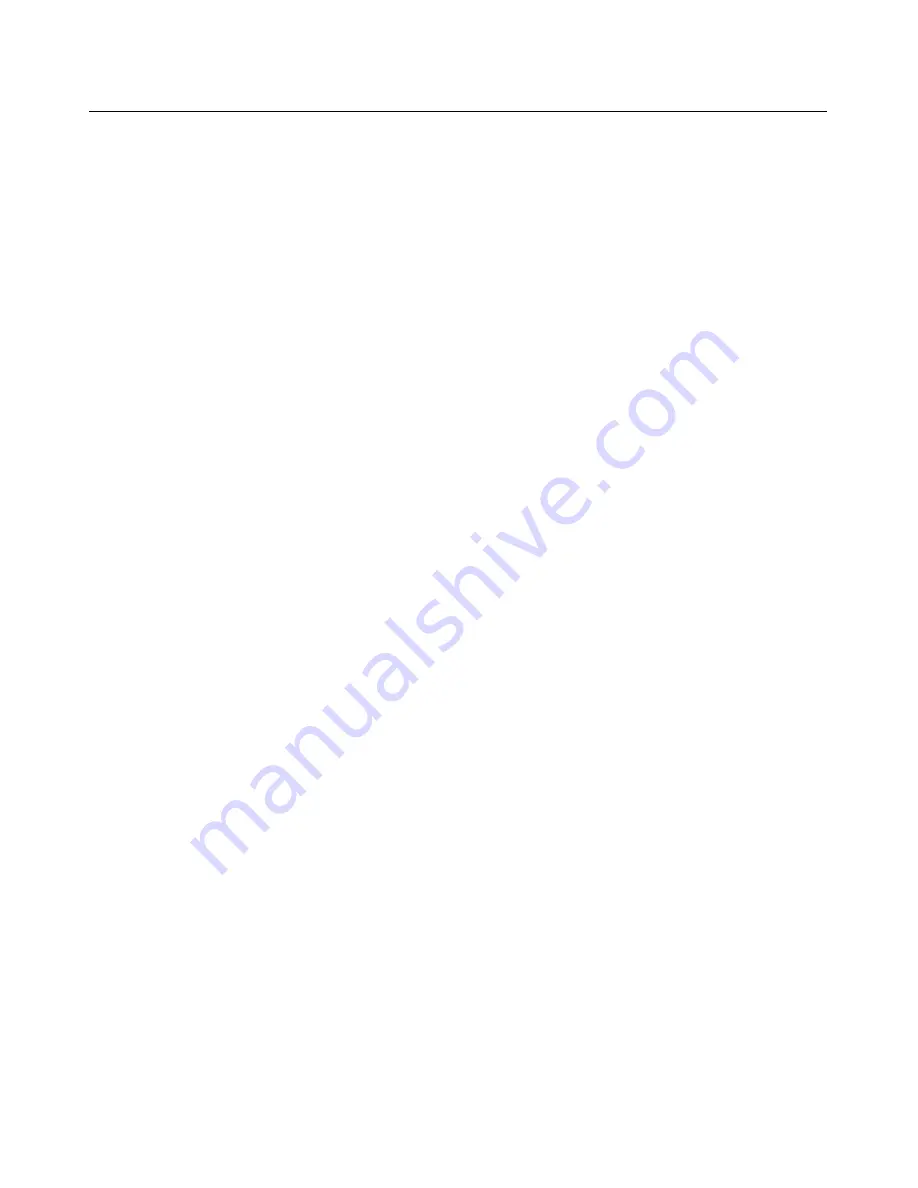
2-15. MOORING. The airplane is moored to insure its immovability, protection and security under various
weather conditions. In order to properly moor the airplane use the following procedures:
a.
Head the airplane into the wind, if possible.
b. Block the wheels.
c.
Lock the aileron and stabilator controls using the front seat belt.
d. Secure tie-down ropes to the wing tie-down rings and the tail skid at approximately 45 degree angles
to the ground. When using rope constructed of non-synthetic material, leave sufficient slack to avoid
damage to the airplane when the ropes contract due to moisture.
CAUTION
Use square or bowline knots. Do not use slip knots.
NOTE
Additional preparations for high winds include using tie-down ropes from
the landing gear forks, and securing the rudder.
e.
Install pitot tube cover, if available.
2-16. LOCKING AIRPLANE. The cabin and baggage compartment doors are provided with a key lock on the
outside. The ignition switch and cabin door require the same key while the baggage compartment door has a
separate key.
2-17. PARKING. When parking the airplane, insure that it is sufficiently protected against adverse weather
conditions and presents no danger to other aircraft. When parking the airplane for any length of time or
overnight, it is recommended that it be morred as in Paragraph 2-15.
a.
To park the airplane, head it into the wind, if possible.
b. Set the parking brake by pulling back the brake lever and depressing the knob attached to the left side
of the handle, then release the handle. To release the parking brake, pull back on the brake lever to
disengage the catch mechanism, and allow the handle to swing forward.
NOTE
Care should be taken when setting brakes that are overheated or during
cold weather when accumulated moisture may freeze the brakes.
c.
The aileron and stabilator may be locked by using the front seat belt.
2-18. TOWING. The airplane may be moved by using the nose wheel steering bar that is stowed in the
baggage area or power equipment that will not damage or cause excess strain to the nose gear steering
assembly. The stem on the bar is inserted in the hollow of the nose wheel axle at its right side.
CAUTION
When towing with power equipment, do not turn the nose gear in either
direction beyond its steering radius limits as this will result in damage to the
nose gear and steering mechanism.
Issued: 12/15/76
1B10
*CHEROKEE ARROW III SERVICE MANUAL
HANDLING AND SERVICING
Summary of Contents for ARROW III
Page 4: ...THIS PAGE INTENTIONALLY LEFT BLANK 1A4...
Page 12: ...THIS PAGE INTENTIONALLY LEFT BLANK 1A12...
Page 94: ...Figure 4 2 Wing Installation Revised 2 13 89 1D22 CHEROKEE ARROW III SERVICE MANUAL STRUCTURES...
Page 171: ...lH3 INTENTIONALLY LEFT BLANK...
Page 172: ...lH4 INTENTIONALLY LEFT BLANK...
Page 286: ...THIS PAGE INTENTIONALLY LEFT BLANK Revised 2 13 89 2A8...
Page 528: ...INTENTIONALLY LEFT BLANK 2K10 THRU 2L24 2K10...

